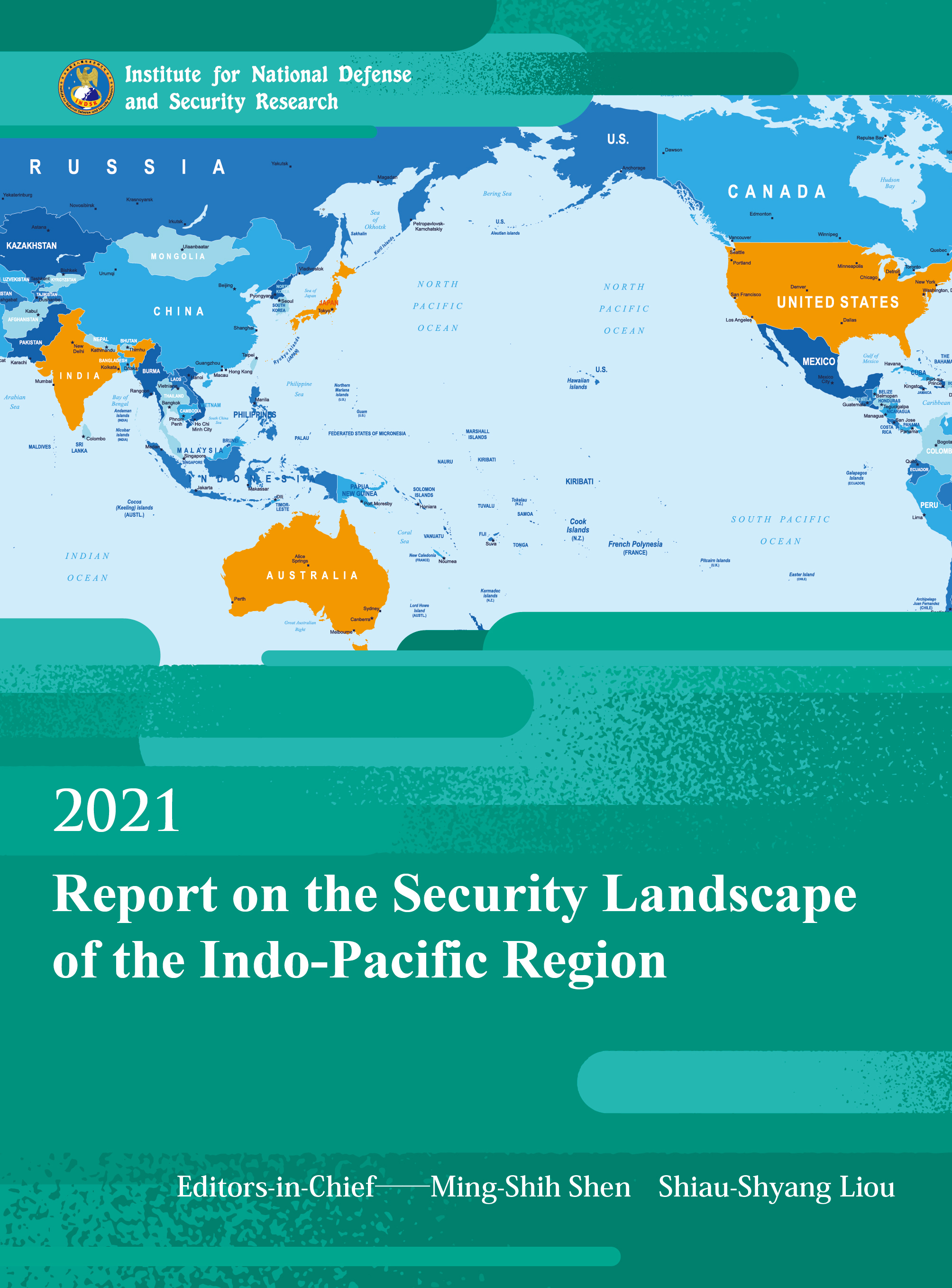結論
2022.06.07
Views
253
PDF link:
Conclusion
Since the Biden administration took office in January, the U.S.-China strategic confrontation has not de-escalated as expected. On the contrary, since the outbreak of the COVID-19 epidemic, China has used the epidemic as a cover- up for investigations into the source of the epidemic and as a means of preventive diplomacy, as well as through vaccine aid, to pressure our diplomatic partners. In addition, even amid a severe global epidemic, China is still demonstrating a strong expansionist attitude in the regional situation by sending warships and military aircraft to patrol the South China Sea, the Taiwan Strait, and the East China Sea, using maritime militias to oppress the Philippines, and frequently sending military aircraft to patrol the airspace southwest of Taiwan in an attempt to destroy the integrity of Taiwan’s air defense identification zone.
In addition, China’s suppression of human rights in Xinjiang and Tibet, and its self-imposed “national security law,” which directly disqualifies incumbent legislators and stifles democracy and human rights in Hong Kong, have made the world realize the true nature of China and worry that democratic Taiwan will become the next Hong Kong, a sacrificial lamb under China’s totalitarian rule. The international community unanimously believes that Taiwan’s democratic political development has become a model for the Chinese in East Asia. If Taiwan is occupied and ruled by China, it will endanger democracy in East Asia and the world. In recent years, the development of semiconductor and chip technology in Taiwan has long dominated the world’s chip supply chain. In the event of a war in the Taiwan Strait, the world’s chip-dependent high-tech industries, such as automobiles, cell phones, and information and communication products, would be seriously affected, and the EU countries would be no exception.
In terms of geostrategy, in the past, the EU and NATO were only concerned with regional situations that were relevant to their security, such as support for the Libyan resistance after the “Jasmine Revolution” in North Africa; the settlement and governance of the large number of Syrian and Turkish refugees fleeing to Europe during the expansion of the Islamic State; and the assistance of Ukraine are facing the Russian military threat after the annexation of Crimea by Russia. Nevertheless, since China’s military rise and expansion, the focus of EU and NATO attention has gradually expanded from Western Europe and the Middle East to the Indo-Pacific region. Moreover, in the past year, European countries such as the United Kingdom, France, the Netherlands, and Germany have sent ships from Europe to sail in the Western Pacific, demonstrating their determination and ability to work with allies to maintain peace and stability in the Western Pacific.
Although China is actively trying to expand its influence on the world through the Belt and Road Initiative, China’s actions of taking control of investment projects in specific countries in the name of aid have led the recipient countries into debt traps and forced them to give up the leadership of significant infrastructure projects. For example, Malaysia and Vietnam in Southeast Asia, Pakistan in Central Asia, and Sri Lanka in South Asia. It is noteworthy that Eastern European countries have been transformed into democracies and have received economic and security assistance from the U.S. and NATO due to their subsequent accession to NATO. China’s “One Belt, One Road” was initially intended to target these Eastern European countries to counteract U.S. influence on them.
For example, Romania has rescinded its nuclear power plant agreement with China in favor of cooperation with NATO countries; Prague, Czech Republic, has abandoned Beijing in favor of a sister city with Taipei, whose Speaker insisted on visiting Taiwan and said the classic “I am a Taiwanese” in the Legislative Yuan; and Lithuania, located on the Baltic Sea, has rejected China’s participation in a deep-water port project. These Eastern European countries were taught early lessons about the communist rule and are more aware of and alert to China’s expansionist designs.
Undeniably, the deterioration of U.S.-China relations and China’s authoritarian regime and expansion have made Chinese investments in Europe sensitive and unwelcome and have caused a significant turnaround in Taiwan’s relationship with the European Union. In particular, Taiwan has been repeatedly suppressed and marginalized by China in the international diplomatic space. It has to face a robust military threat from China alone, which has led EU countries to form new collective security and military alliances with countries in the Indo-Pacific region, such as the Australia-UK-Australia Security Partnership (AUKUS) of the United States, Britain, and Australia, after understanding China’s plans to dominate the world order. “There are also signs of a revival of past Cold War security mechanisms, such as the Five Eye Alliance and the Five Power Joint Defense System, all of which are designed to counter Chinese expansion.
Although China has not yet become a peer competitor to the U.S. military, it has the economic, trade, and technological capabilities to challenge U.S. hegemony over its allies in the Asia-Pacific region and to have a severe security impact on U.S. military activities in East Asia. As China’s overall power rises, it takes a more aggressive and assertive stance in its neighboring regions, causing concern among neighboring countries and the United States. The Biden administration will not only continue the alliances and partners of the U.S., Japan, India, Australia, and Taiwan under the Trump era, but will also include the UK, France, Vietnam, and other countries to influence the security of the sensitive East China Sea, Taiwan Sea, and the South China Sea.
As the strategic confrontation between the U.S. and China rises, Britain’s post-Brexit military cooperation with the U.S. has deepened and is returning to Asia; Britain’s past security mechanisms in Asia may be more active as a result. For example, the intelligence-based “Five Eye Alliance” has strengthened its intelligence collection and exchange with China; it will undoubtedly assume a regional security role with the UK’s return to Asia. In addition, the world is aware that China’s intense pressure on Xinjiang, Tibet, and Hong Kong in recent years will lead to a tougher stance on the Taiwan Strait and the South China Sea in the future, forcing sovereign states to give up their rights.
Once China starts to act, the substantial expansion of the authoritarian regime will impact the security and interests of the Indo-Pacific and the world. Therefore, before China’s military capability surpasses that of the United States, it is imperative to combine the power of regional countries to prevent its unbridled expansion with the joint force of collective security mechanisms. In particular, with the active facilitation of the U.S., Japan, and Australia, if the original strategic alliance and collective security structure can be extended and expanded, the existing collective security mechanism will also play a new function. Therefore, the development of the Indo-Pacific region will continue to focus on the changes in the strategic confrontation between the United States and China. However, while China’s Xi Jinping may adopt a policy of temporary concessions in the face of the upcoming 20th National Congress and its internal economic and external isolation, it will continue to adopt a policy of solid external expansion once Xi Jinping’s internal power has been stabilized for the third term, making it the most significant variable in the Indo-Pacific region.
This book was revised and published after an independent peer review by two professors.


